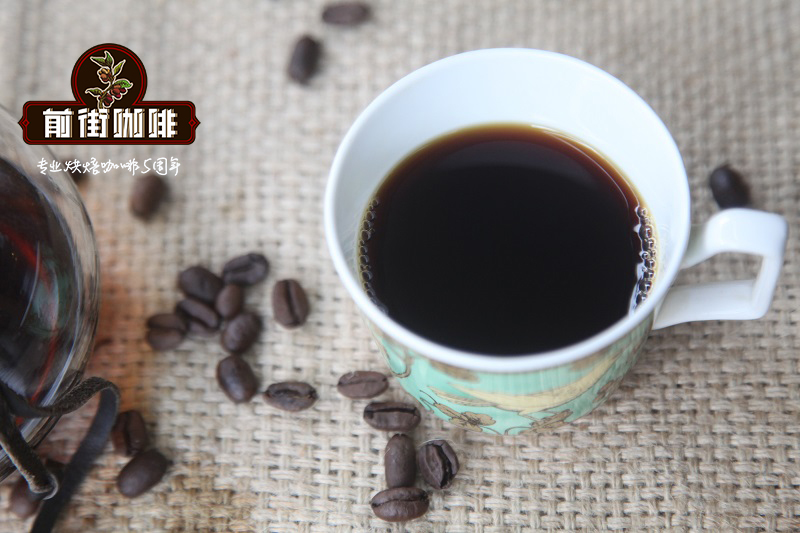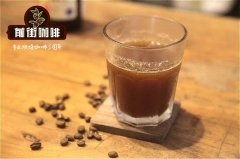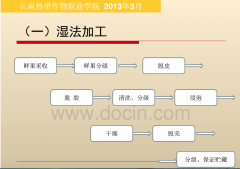Yerga Shefi Alomer Treatment Plant Sun-dried Local Native Coffee Flavor

Professional coffee knowledge exchange more coffee bean information please follow the coffee workshop (Wechat official account cafe_style)
Country Ethiopia
Dilla town of Yega Xuefei
1400-1800 meters above sea level
Variety Ethiopian ancient superior original species
Producer Arromer
Sun drying of scaffolding after full washing by treatment
YCFCU organizes washing batches for direct export. Since the implementation of the ECX system in 2008, most raw coffee beans have been sold through this channel, but cooperatives are not included in this regulation. They can directly contact buyers, negotiate prices and export.
The Yirgacheffe Coffee Farmers Cooperatives Union (YCFCU), founded in 2002, currently has 24 junior cooperatives with a total of about 50,000 farmers. In addition to the Mitchell Cooperative, the well-known cooperatives such as Biloya, Konga, Harfusa, Worka, etc., are all one of the cooperatives under YCFCU.
The Arromer Cooperative was founded in 1975 and joined YCFCU in 2002. At present, the Aromo Cooperative has 2254 members, each with a planting area of no more than 4 hectares, which is a typical small garden planting method in Ethiopia. Every one or two years, members of the cooperative will vote in an election to elect the executive committee, and the executive committee can decide on the purchase of new equipment, the mode of payment for transactions with members, and so on.
In addition, YCFCU will also assign professional managers to cooperatives to provide guidance and advice on harvest, production and other procedures, so as to increase production and improve quality. The establishment of the cooperative allows its farmers to avoid low-cost exploitation by purchasers, and when the economy is in trouble, the cooperative can also provide loan assistance, which is very helpful to farmers and coffee production.
About ECX...
There are three main channels for purchasing coffee from Ethiopian origin: importers and exporters, cooperative unions, or direct contact with private farms or estates with import and export licenses, and importers and exporters usually purchase needed products through a trading system with the full name Ethiopia Commodity Exchange. At the end of 2008, the Ethiopian authorities added coffee beans to the ECX system for trading, eliminating the disadvantages of middlemen monopolizing prices, speculating the market, evading taxes and exploiting farmers under the old system. In 2009, under the supporting system of SCAA boutique coffee products, the new transaction classification system was formally implemented. The coffee output of each district will first be transported to the collection center, marked according to its producing area (Woreda), and ten grades of Q1--Q9 and UG (Under Grade) will be calibrated through defect rate screening and cup testing, and then sent to the exchange in the capital. Each district belongs to the high quality beans of fine grade Q1--Q3, and then evaluated according to SCAA classification and cup testing standards.
Those with score above 85 are listed as Specialty Grade 1.
More than 80 points and less than 85 points belong to Specialty Grade 2.
Below 80 points will be classified as commercial coffee again.
Qianjie Coffee is recommended to brew Yega Xuefei with 90-92 degrees water, powder / water ratio 1:15-1:16, time 2 minutes to 2 minutes 10 seconds, three-stage extraction, 30 grams of water steaming for 30 seconds, water injection to 120g or so. Start injecting water to 225g when the water level drops and the powder bed is about to be exposed.
Imported blueberries, strawberries and other rich berry aromas are obvious, with light and elegant flowers, ripe fruit aromas, a touch of sour and sweet fruit.
Important Notice :
前街咖啡 FrontStreet Coffee has moved to new addredd:
FrontStreet Coffee Address: 315,Donghua East Road,GuangZhou
Tel:020 38364473
- Prev

Panama Elida Manor Sunlight Kadura Coffee Hand Brewing How to Fill Water_Elida Brewing Suggestions
Professional coffee knowledge exchange More coffee bean information Please pay attention to coffee workshop (Weixin Official Accounts cafe_style) Panama Boquete Elida Estate Catuai Natural Estate Master Wilford Lamastus Haiba 16701850m If you like juice Yes, Elida is definitely fruit in the cup
- Next

Standardized production technology of Yunnan small-grain coffee, fresh fruit picking and initial processing and washing steps
Yunnan small grain coffee fresh fruit picking and initial processing washing treatment steps Yunnan coffee fresh fruit harvest is generally divided into three batches: early ripening fruit from the end of October to mid-December, and concentrated ripening period from mid-late December to the end of January. the overall quality of this batch of coffee is the best; in February, most of the remaining fruits are diseased fruits, and the yield is very little. Coffee picking needs to pay attention to: coffee
Related
- Detailed explanation of Jadeite planting Land in Panamanian Jadeite Manor introduction to the grading system of Jadeite competitive bidding, Red bid, Green bid and Rose Summer
- Story of Coffee planting in Brenka region of Costa Rica Stonehenge Manor anaerobic heavy honey treatment of flavor mouth
- What's on the barrel of Blue Mountain Coffee beans?
- Can American coffee also pull flowers? How to use hot American style to pull out a good-looking pattern?
- Can you make a cold extract with coffee beans? What is the right proportion for cold-extracted coffee formula?
- Indonesian PWN Gold Mandrine Coffee Origin Features Flavor How to Chong? Mandolin coffee is American.
- A brief introduction to the flavor characteristics of Brazilian yellow bourbon coffee beans
- What is the effect of different water quality on the flavor of cold-extracted coffee? What kind of water is best for brewing coffee?
- Why do you think of Rose Summer whenever you mention Panamanian coffee?
- Introduction to the characteristics of authentic blue mountain coffee bean producing areas? What is the CIB Coffee Authority in Jamaica?

